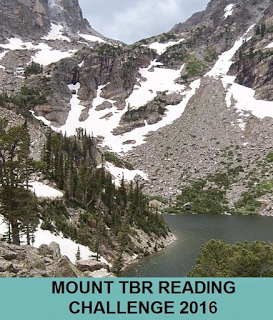
Hollow City picks up right where Miss Peregrine’s Home for Peculiar Children leaves off, as Jacob and the other peculiars escape their island with the injured and “stuck” Miss Peregrine. Be warned: this book does not fill in the gaps for anyone who hasn’t read the first book. You are going to have to start with the first book if you want to follow the story. I had a bit of trouble because it had been a long time since I read Miss Peregrine. In this second book, the peculiars go in search of an ymbryne who can help Miss Peregrine return to her human form. They search for and find a time loops run by an ymbryne named Miss Wren, but they learn Miss Wren is missing. She is the only known ymbryne who has not been captured by wights, so the peculiars set off to London in search of her.
Riggs writes good dialogue, and his characters are well-drawn, particularly his secondary characters like Olive, Millard, Addison the dog, and Enoch. I admit I found the “romance” between Jacob and Emma to be a bit wooden and pat, but the story itself was interesting, and the ending was an excellent surprise. The images are amazing. Do yourself a favor and read this one on paper and not on an e-reader or audiobook. You will get a lot more out of the images if you can savor them and flip through the book.
In all, I definitely recommend the book. It’s a great choice for the R. I. P. Challenge.
Rating:




Because I’ve had this book on my shelf and TBR (or really, a to-be finished) pile for a long time, I’m glad to be able to count it for my Shelf Love and Mount TBR Challenges. I’m also counting this book for both the Reading England 2016 and R. I. P. Challenges.



















